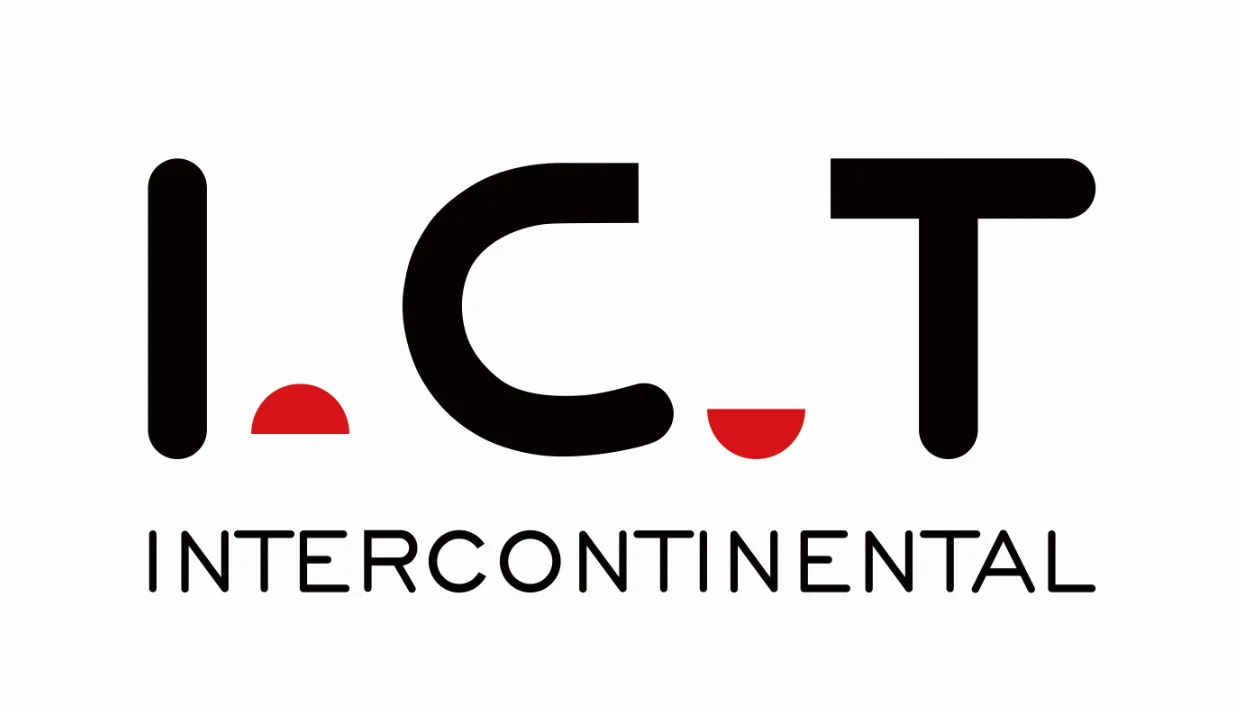SMT reflow common defects and treatment
ETA offer high quality reflow oven, reflow soldering oven, SMT reflow oven, soldering oven, SMD soldering machine, reflow soldering machine, for electronics SMT factory.
1. Common defects and treatment methods of SMT reflow soldering: bridging
Bridging can be said to be one of the most common defects. If a bridge defect occurs, it may cause a short circuit between device components. In the event of bridging, the equipment and components must be reworked. There are four reasons for bridging.
(1). The selected solder paste has quality problems. If the metal content in the solder paste is relatively high, especially if the printing time is too long, it is more likely to cause an increase in the metal content. In addition, if the viscosity of the solder paste is too low, and the solder paste slump is relatively poor, it is also a solder paste quality problem.
(2). The printing system is faulty. If the accuracy of the printing press is poor, or there is a phenomenon of misalignment, it is because the system has certain problems.
(3). Post it. Too much pressure on the placement may also result in bridging defects.
(4). Preheat. If the preheating of the equipment does not meet the standard, the temperature rise of the reflow soldering equipment is too fast, which causes the solvent in the solder paste to not completely evaporate, which may also cause bridging.
When these bridging phenomena occur, it is best to carry out repairs. If the fault is not serious, you must also notify the professional maintenance personnel to come to handle it. Remember not to solve it yourself.
2. Common defects and treatment methods of SMT reflow soldering: suction/wicking phenomenon
The wicking phenomenon is also known as the core pulling phenomenon in the industry, and is also one of the common defects of reflow soldering, which is usually found in vapor phase reflow soldering. The reason for such defects is usually caused by the fact that the thermal conductivity of the relevant component leads is too high, and the temperature rises too fast, which causes the upturn of the component leads to exacerbate the core wash phenomenon.
For the treatment of reflow soldering defects: in the vapor phase reflow soldering, the SMA can be preheated enough before being placed in the vapor phase furnace in the equipment. When inspecting, the operator should carefully check the solderability of the relevant PCB board pads to ensure unobstructed soldering. The coplanarity of related components cannot be ignored. For components with poor coplanarity, it is recommended to discard components with better coplanarity.
The above two points are our simple summary of the common defects and treatment methods of SMT reflow soldering. Bridging and wicking are the two most common defects at present. I hope that through our explanation and introduction, we can better deal with the defects related to reflow soldering.
Here, friends who are interested are welcome to call us anytime, we look forward to working with you! ETA welcomes you to call or email us.
❙ Reflow Oven Video










